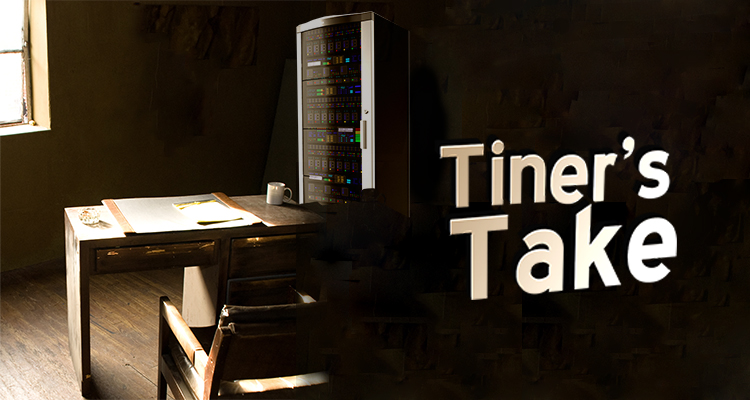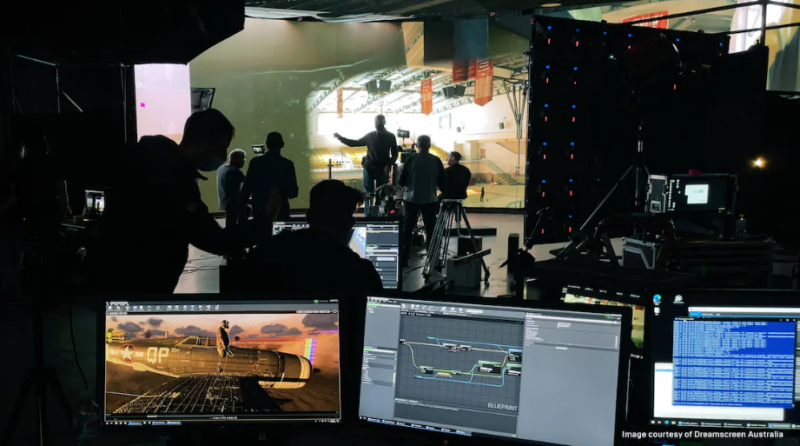Virtual Reality Continues to Offer New Opportunities
 In an October 28th, 2017 article in the New York Times, “Virtual Reality Gets Naughty,” Alyson Krueger writes about the pornography industry’s deep dive into virtual reality. Despite what you may feel about the ethical issues with the pornography industry, the article is a fascinating read. In particular, it is interesting because of how far the industry is driving the technology and how what they do will affect many other industries.
In an October 28th, 2017 article in the New York Times, “Virtual Reality Gets Naughty,” Alyson Krueger writes about the pornography industry’s deep dive into virtual reality. Despite what you may feel about the ethical issues with the pornography industry, the article is a fascinating read. In particular, it is interesting because of how far the industry is driving the technology and how what they do will affect many other industries.
I am not very interested in considering most of the article, as it relates to pornography. However, towards the end of the article the author began to touch on some very possible applications for the technology that would provide new opportunities for education.
 Colleges across the country are dealing with the new implications of Title IX and how it applies to discrimination and harassment based on gender. A significant struggle is how to educate students about these issues in way that has meaning to them and is effective. Virtual reality may be the solution for this. In the column the author writes, “What if we had young people watch videos where they practice consent or practice identifying at-risk behaviors?” I think that this is a brilliant idea. Putting young people in a “live” situation, while they are completely sober, allows them to view the scenario from a different perspective. They are not pressured by peers or by alcohol. They can get the practice necessary to be comfortable asking for consent, giving consent or refusing consent. As important, young people can practice what to do in situations where consent is not given, but pressure if placed on them to give it. In this case they can be empowered to state their choice and leave the situation. Hopefully, those who would continue to pressure for consent, can also see the clear effect that has on the other person.
Colleges across the country are dealing with the new implications of Title IX and how it applies to discrimination and harassment based on gender. A significant struggle is how to educate students about these issues in way that has meaning to them and is effective. Virtual reality may be the solution for this. In the column the author writes, “What if we had young people watch videos where they practice consent or practice identifying at-risk behaviors?” I think that this is a brilliant idea. Putting young people in a “live” situation, while they are completely sober, allows them to view the scenario from a different perspective. They are not pressured by peers or by alcohol. They can get the practice necessary to be comfortable asking for consent, giving consent or refusing consent. As important, young people can practice what to do in situations where consent is not given, but pressure if placed on them to give it. In this case they can be empowered to state their choice and leave the situation. Hopefully, those who would continue to pressure for consent, can also see the clear effect that has on the other person.
The article also discusses other opportunities for virtual reality, augmented reality and even robots involved with augmented reality. The author gives an example of people who return from war zones with PTSD. Being able to place the victims in the location(s) that the trauma occurred may allow them to confront these memories. Perhaps, it can even be used to help others understand the trauma that soldiers have suffered and from that be helpful in their healing.
Why does VR have a better chance at helping with these issues than the standard types of training and counseling? Because it creates an experience for the user. Watching PowerPoint slides along with 40 to 50 other people does not put someone in the moment. This is particularly true of high school age students, who may be too immature to appreciate what they are being taught. Even watching friends act out scenes (which is a common training method for sexual harassment and consent) does not put people in the exact situation. It does not give them the same experience. It is very easy to sit in an audience while the scene is going on and check your Facebook page, or in the case of younger students, laugh at what is going on. Being a virtual bystander in a room while this is occuring provides an entirely different experience. They hear the words, they see the behavior and they have the opportunity to react to it and step in. Their friends are not sitting next to them, so they don’t have to worry about what they are thinking.
As an integrator, designer or video producer, we all have great opportunities here to engage in very interesting and exciting new opportunities. In addition to being able to make a profit in a new market, you also have the opportunity to be involved in doing some real good for people. The opportunities I have written about are only a small part of what educational institutions around the country will be doing with these technologies over the next several years. By developing an expertise in your organization in developing videos, designing equipment and more importantly, helping to design the experience, you can set yourself up for a profitable and exciting market niche.





